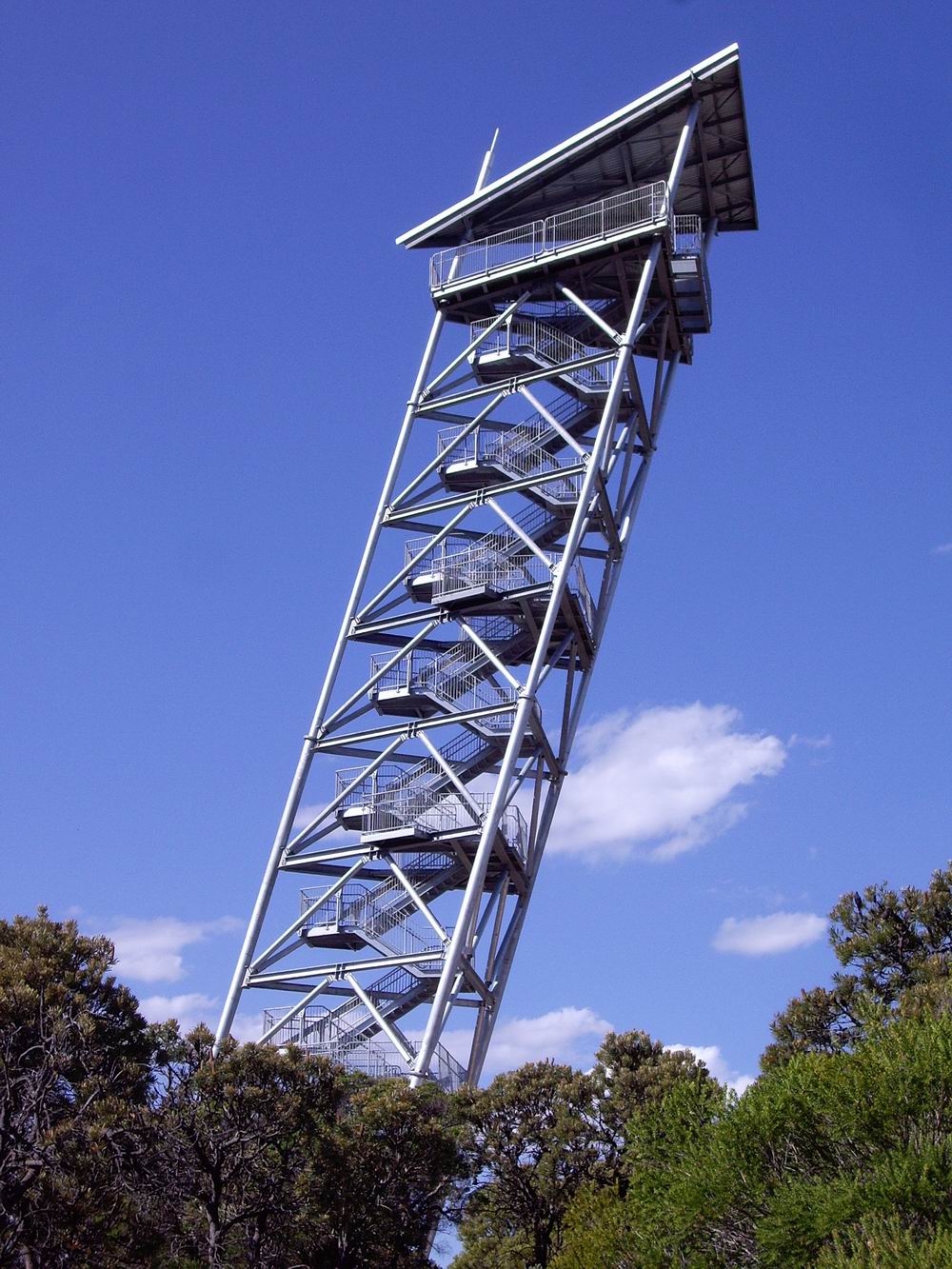
Dalian futures are down 1% today but rebar futures are up a touch. The major equities are up a bit too and minors more like flat. Macquarie has a bearish comment on the changes to lending requirements in China:
Iron ore futures in China fell nearly 5% on Monday on news that the Chinese banking regulator is cracking down on iron ore financing deals. The TSI 62% physical market price also dropped over 2% to $108/t CFR. We maintain our view that iron ore financing deals are not of a scale that would in themselves cause severe market disruption; however, the impact of increased concern among banks is having a much broader impact. Margin deposits on letters of credits have been increased – instead of banks asking mills/traders for a 10- 20% down payment, we have heard of requests for deposits rising to 40-50%. This is inhibiting the mills’ and traders’ ability to purchase iron ore, reducing liquidity in the seaborne market.
This trend was evident in the latest Mysteel survey of steel mill inventory, which showed a drop in imported ore inventory from 29 days of use to 26 over the last two weeks, while domestic iron ore inventory rose from 4 days to 7. What’s more, banks are within their rights to increase the margin deposit required for an existing letter of credit. This is putting pressure on mills and particularly traders that have open positions on iron ore – we estimated in our April 10 note that traders have around 30m tonnes of iron ore at port which we expect would be at least partly liquidated to meet a margin call. A liquidation of trader inventory and a reduction in liquidity in the seaborne spot market should be expected to have a negative impact on prices in the short term.

